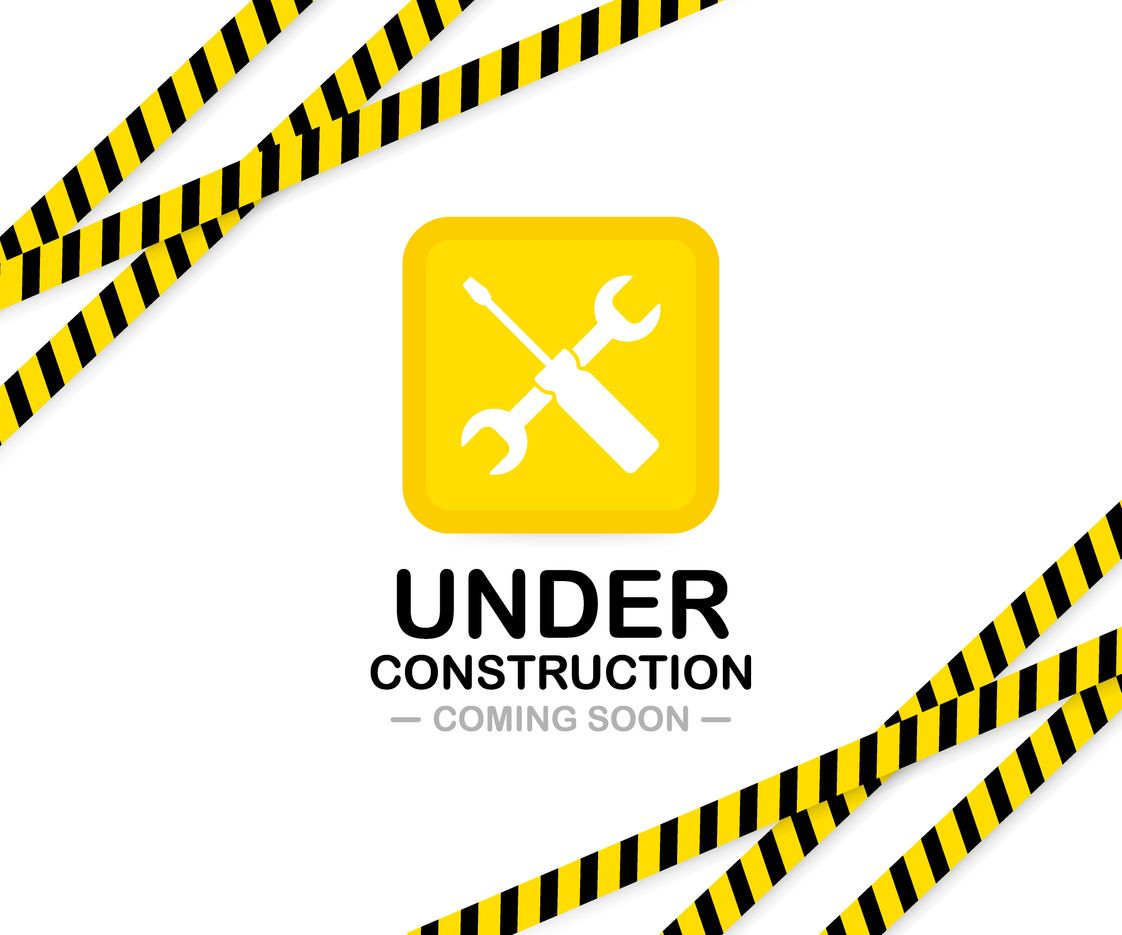The Miller Act was designed to protect businesses working on construction projects for the federal government. First enacted in 1935, the Act provides that before the U.S. government awards a contract exceeding $150,000, the prime contractor must furnish a payment bond with a surety to protect the parties supplying labor and materials to the project. A performance bond must also be posted to benefit and protect the government entity. The federal Miller Act, as well as the state version (referred to as the “Little Miller Act”), set forth the bonding requirements for contractors and the remedies for subcontractors and their suppliers should the prime contractor default on payment and for the government should the contractor fail to complete the project. Understanding the Miller Act’s bonding requirements is critical to a contractor’s success with a public works project and provides important peace of mind to the government and to the subcontractors and their suppliers who provide labor and materials for the project.
Understanding the Miller Act's Bonding Requirements

Federal and State Bonding Requirements Under the Miller Act
The federal Miller Act requires general contractors on all federal public works projects to post two surety bonds as a condition of awarding the contract. First, a performance bond guaranteeing performance of the work must be posted. This bond, which is for the benefit of the federal government, must be in an amount the contracting officer considers adequate for the protection of the government.
Second, a payment bond guaranteeing payment to subcontractors and suppliers must be posted. This bond, which is for the benefit of the subcontractors and suppliers, must be equal to the total amount of the contract unless the contracting officer determines that amount is impractical. If so, the contracting officer may set the amount at not less than the amount of the performance bond.
Under
Washington’s Little Miller Act, if the state government project exceeds $35,000, performance and payment bonds are required. If the contractor fails to complete the job, the wronged parties can file a claim against the bond within (30) days. No notice is required for subcontractors and suppliers who contract directly with the prime contractor. Otherwise, notice must be sent via certified mail to the prime contractor no later than 10 days after first delivery of materials or equipment. No notice is required for the labor portion of the claim.
Importantly, the Little Miller Act is what allows small to medium-sized contracting companies to compete at much higher levels, and to grow and succeed in their businesses.
"Under Washington’s Little Miller Act, if a government project exceeds $35,000, performance and payment bonds are required to be posted by the contractor."
How the Miller Act Protects Subcontractors and Their Suppliers

Because subcontractors and suppliers cannot assert a lien against property owned by the federal government, the Miller Act protects certain subcontractors and suppliers against nonpayment by providing an alternative means of recovery. In particular, failure by a contractor to pay suppliers and subcontractors gives the suppliers and subcontractors the right to sue the contractor in U.S. District Court. This is done in the name of the United States. First tier subcontractors and suppliers may bring a civil action for the amount unpaid at the time the action is brought on the payment bond provided by the prime contractor. In terms of timing, the case may be filed 90 days after, but no later than one year after, the last labor was furnished or materials supplied. No notice is required prior to bringing suit.
Importantly, when an action is filed by a first-tier subcontractor, their second-tier subcontractors and the second-tier subcontractor’s suppliers may also bring an action for the amount owed to them on the payment bond provided by the prime contractor. However, prior to suing, a second-tier subcontractor or their supplier must provide written notice to the prime contractor of its claim within 90 days from the date the last labor was furnished or materials supplied. After providing notice, a second-tier subcontractor or supplier may file a suit no later than one year after the last labor was furnished or materials supplied.
It should be noted that lower-tier subcontractors and suppliers are not protected under the Miller Act.
How the Miller Act Protects the Federal Government
The performance bond required under the Miller Act protects the federal government in the case of an unfinished project. If the general contractor defaults in the performance of its work or is terminated for cause, the United States may turn to the surety to step in and take over the contractor's obligations under the prime contract.
A Word About Mandatory Claim Pass-Through Provisions
Some subcontracts contain a mandatory “pass-through” provision for bringing claims against the government. Pass-through claims are made by a subcontractor against the government (with whom it has no contract) which are presented by the contractor (who has a contract with both the government and the subcontractor). The contractor acts as a conduit for the subcontractor’s claim against the government and shields itself from liability by limiting the subcontractor’s recovery to the amounts actually paid by the government.
It can take time for a subcontractor to submit a claim to the contractor, for the contractor to then pass the claim to the government and for the government to determine whether it will pay the claim. However, as this process plays out, the clock keeps ticking on the subcontractor’s one year deadline for filing its Miller Act bond claim. In other words, a mandatory pass-through provision—or any other contractual provision for that matter —will not toll or extend the filing deadline. Missing the deadline for filing a claim under the Miller Act is an absolute bar to recovery. Thus, the prudent course for a subcontractor with a mandatory pass-through provision is to commence a Miller Act suit before the deadline expires, and then stay the suit pending resolution of the pass-through claim. This leaves the bond open as an alternate source of recovery if the subcontractor does not fully recover on its pass-through claim.
How I Can Help
Lee Lewis is the founding member of HLL Law, which represents a select group of commercial contractors, design professionals, and public owners looking for elite, specialized construction industry legal and business guidance. If you are interested in exploring possible representation for your business or public entity, please join our waitlist.
Guiding the Construction Industry's Innovators
Hours:
M-F: 8:00 AM - 6:00 PM
HLL Law

